If you’re like most homeowners that have a chimney, you probably don’t give it much thought. However, because your chimney and its components are exposed to high temperatures and extreme weather, it’s only a matter of time before minor damage becomes a major headache. Your chimney crown is a crucial component prone to damage, and in this post, we look at what a crown is for, how it gets damaged, and what you can do about it.
What is a Chimney Crown?
The chimney crown is a concrete, stone slab, or metal piece that sits atop the chimney’s opening. It protects the chimney from water damage by directing water away from it as gutters do for your roof. However, because most chimney crowns are made from concrete or stone, they’re prone to wear and tear and water damage.
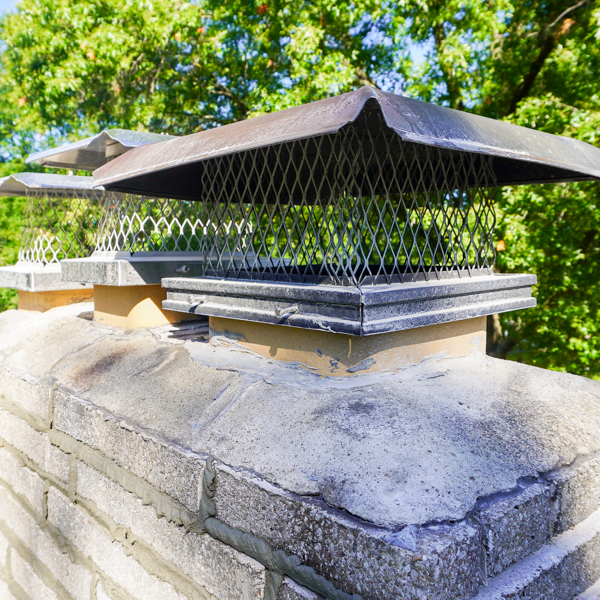
Causes of Chimney Crown Damage
Like the other chimney components, the crown is subject to damage, so scheduling a professional inspection at least once a year is crucial. The most common causes of crown damage are:
Wear & Tear
When the contractor installed the crown, they likely coated it with a waterproof sealer. However, this sealer only lasts a few years; once it wears out, water will soak into the masonry and freeze, causing cracks.
After a few seasons of freeze/thaw cycles, the cracks get bigger, and the crown eventually falls apart.
Poor Construction
Let’s face it: a contractor is like every other profession; you have highly skilled people and some who barely get by. If a competent contractor doesn’t install your chimney crown, it can break down sooner than expected.
Soil Shifting
If the soil under your home’s foundation shifts, it can skew your chimney, causing structural damage, including the crown. The problem with damage to the crown is that it’s difficult to see from the ground. And since many people don’t schedule routine chimney inspection and maintenance, the damage worsens yearly until the homeowner faces a significant, expensive repair.
Chimney Crown Repair
Depending on the damage level, chimney service companies have options to fix your crown without resorting to a complete rebuild (although that may be necessary in extreme cases). The first option is to reseal it. Resealing is recommended if the crown is intact and the only damage is minor cracks. Adding sealer prevents more water from seeping in and causing problems. If the crown has more profound, more extensive cracking, your chimney service company may opt to fill the cracks with cement and reapply the waterproof sealant.
Finally, if the crown is missing pieces or the walls between the flue are exposed, you need a complete crown rebuild.
How to Protect Your Chimney Crown
A well-built, waterproofed chimney crown should last up to ten years. However, it’s wise to take every precaution and protect it to get the most use out of it and keep expensive repairs at bay. Here are some tips for keeping your crown in good shape.
Reapply the Sealant
As mentioned, most contractors apply a waterproof sealant to your chimney crown when it’s installed. However, this sealant wears out when exposed to extreme weather and hot temperatures. It’s wise to reapply the sealant every eight to ten years to protect
the crown well.
Schedule Annual Inspection
Too many people put off chimney cleaning and inspection until “next season.” However, after three, four, or five seasons when they finally get around to it, they’re shocked by how much repair work needs to be done. Because your chimney is exposed to harsh weather and freezing temperatures, it’s prudent to schedule an annual inspection and maintenance. Regular maintenance allows you to fix minor issues before they turn into major expenses down the road. With a little forethought, you can ensure your chimney crown and the rest of its components stay in good condition for the life of your home.
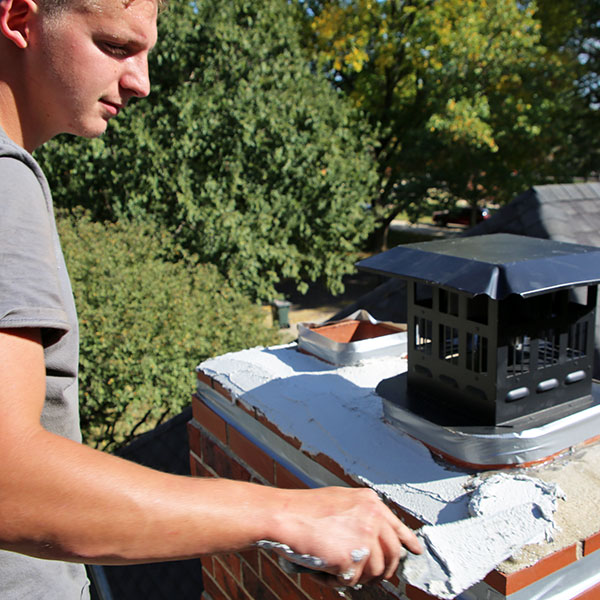 We’re the only chimney service company you’ll ever need because we do it all, including:
We’re the only chimney service company you’ll ever need because we do it all, including:
● Chimney Repairs
● Chimney Rebuilding
● Chimney Inspection
● Real Estate & Insurance Claims
● Fireplace Installation
● Fireplace & Stove Cleaning
● Dryer Vent Service
● Fireplace Inserts
● And More!
The post How to Repair Chimney Crown Damage appeared first on Fluesbrothers Chimney Service.
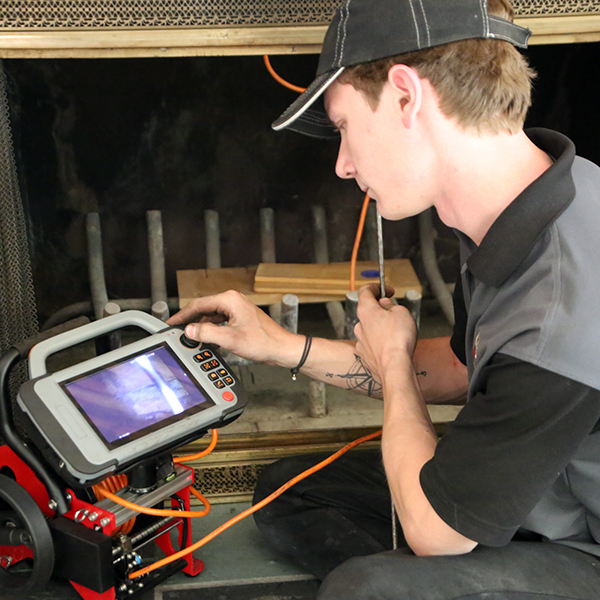 Schedule an inspection
Schedule an inspection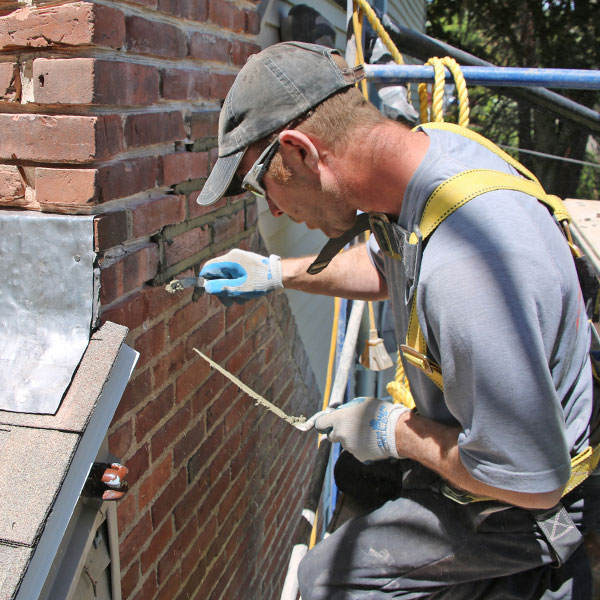 Repairing the damaged and replacing missing parts
Repairing the damaged and replacing missing parts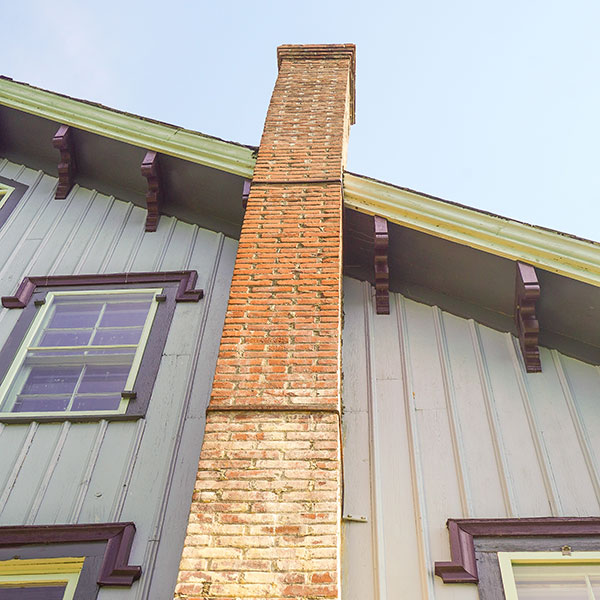 Signs Your Chimney is Leaning
Signs Your Chimney is Leaning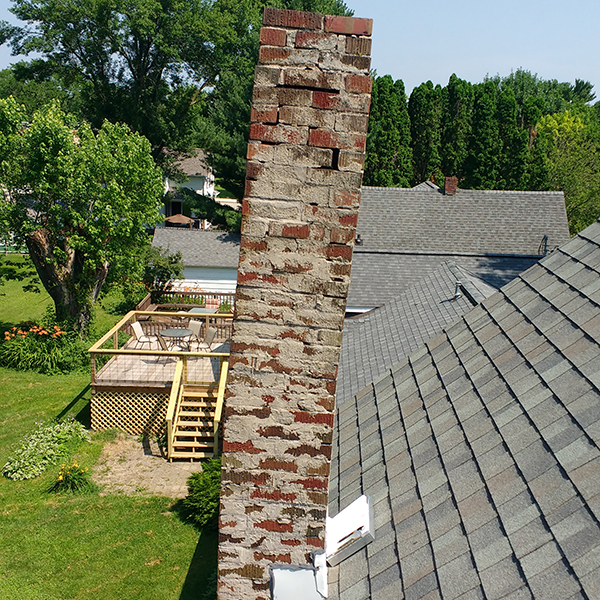 Why are leaning chimneys dangerous?
Why are leaning chimneys dangerous?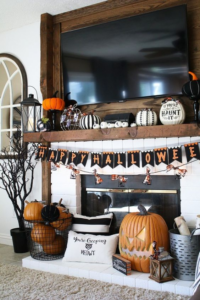
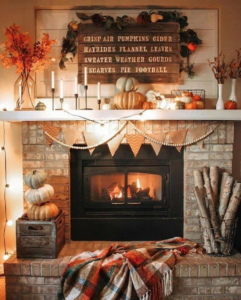



 We’re the only chimney service company you’ll ever need because we do it all, including:
We’re the only chimney service company you’ll ever need because we do it all, including: